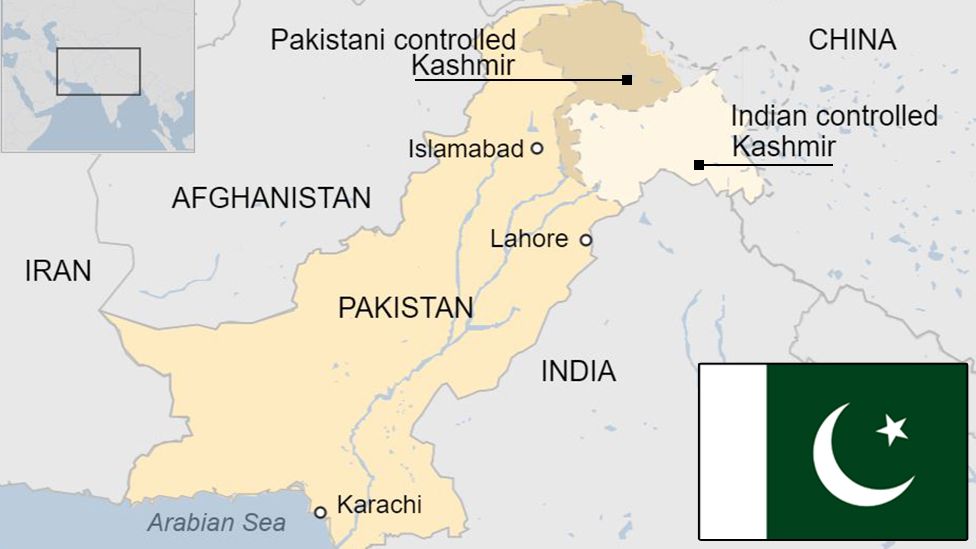
Pakistan’s Economy Faces Structural Challenges Amid Political Uncertainty » Capital News
KARACHI, Pakistan, May 16 – Despite some improvement in macroeconomic indicators, the economy continues to grapple with structural bottlenecks exacerbated by political uncertainties and inconsistent policies, said the State Bank of Pakistan (SBP) on Tuesday.
In its six-monthly report on ‘The State of Pakistan’s Economy,’ the central bank identified major issues including limited savings, low investments in physical and human capital, weak productivity, stagnant exports, a narrow tax base, and inefficiencies in public sector enterprises (PSEs).
“Political uncertainty exacerbates the situation through inconsistency in economic policies, weak governance, and public administration, hindering investment and thus economic development,” the report stated, emphasizing the need for policy reforms to ensure sustainable development over the medium to long term.
The SBP projected the average Consumer Price Index (CPI) inflation in the range of 23-25 percent for FY24, down from 29.2 percent in FY23. It is expected to fall to a range of 5-7 percent by September 2025. Despite subdued domestic demand and a decline in global commodity prices, lingering structural issues, rupee depreciation compared to H1-FY23, increased government spending, and supply shocks kept National CPI (NCPI) inflation at elevated levels.
“Higher input costs, increased indirect taxes, and the implementation of upward revisions in the minimum wage announced in the FY24 budget, alongside the second-round effects of administered prices of food and energy items, contributed to persistent core inflation during H1-FY24,” said the report.
According to the report, real economic activities moderately recovered from last year’s contraction, while the Stand-By Arrangement (SBA) with the IMF helped reduce stress on external accounts.
The SBP expects a continuation of modest economic recovery in the second half of FY24. With improvements in business confidence, high-frequency demand indicators since November 2023, and prospects for good wheat production during FY24, the SBP projects real GDP growth in the range of 2-3 percent for FY24. Despite uncertainties in the domestic economy and international commodity markets, the NCPI inflation is expected to remain on a downward trajectory.
On the external account, the current account deficit (CAD) is projected to remain lower than earlier estimates amid a slightly improved global outlook and domestic growth prospects boosting foreign exchange earnings from exports and remittances. The SBP projects the CAD to be 0.5-1.5 percent of GDP for FY24.
“This macroeconomic outlook remains susceptible to escalating geopolitical tensions, unfavorable weather conditions, adverse movements in global oil prices, and subsequent external account pressures,” the report stated, adding that further adjustments in energy prices and fiscal consolidation needed to slow debt accumulation may also weigh on economic activities and inflation.
Meanwhile, the CAD narrowed considerably amid continued contractionary monetary and fiscal policies, better agricultural production, and easing global commodity prices, the report concluded.
